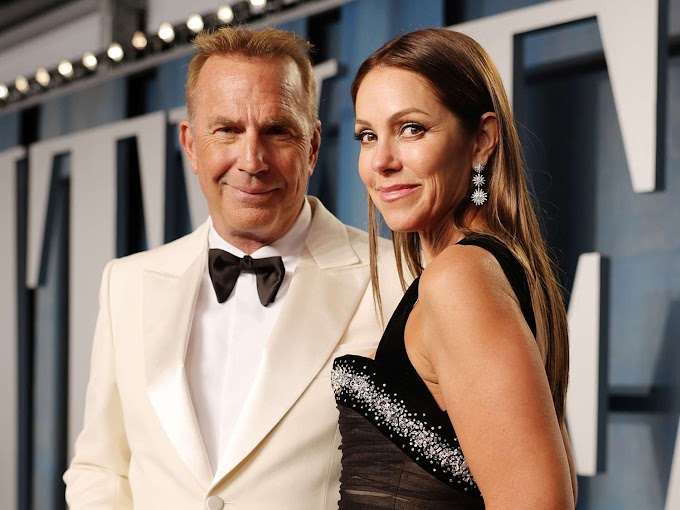Prince Phillip, Duke of Edinburgh, and Prince Charles, the eldest son of Queen Elizabeth II, shared a bond that initially appeared unbreakable. This familial connection was rooted in their roles as senior members of the royal family. However, as the years passed, underlying tensions began to emerge.
One of the key factors contributing to the discord between Prince Phillip and Prince Charles was their differing values and priorities. Prince Phillip, a military man and a staunch traditionalist, held a deep reverence for the monarchy's customs and traditions. On the other hand, Prince Charles was known for his progressive outlook, emphasizing issues such as environmental conservation and modernizing the monarchy.
The generational gap between Prince Phillip and Prince Charles became increasingly evident. Prince Phillip belonged to an era when the monarchy's role was more ceremonial, while Prince Charles aspired to bring a more active and relevant monarchy into the 21st century. This clash of ideologies and visions often led to heated discussions within the royal family.
The relationships between family members are often influenced by personal struggles. In the case of Prince Charles, his turbulent marriage to Princess Diana was a source of immense public and private pressure. Prince Phillip, who had experienced his own marital challenges, may have had difficulty empathizing with his son's struggles, leading to further friction between them.
As the heir apparent to the British throne, Prince Charles held a unique and significant position within the royal family. This led to a degree of rivalry and competition between him and his father, Prince Phillip. The desire for approval and the need to differentiate themselves within the royal hierarchy contributed to the strained relationship.
Effective communication is essential in any relationship, and the same holds true within the royal family. Unfortunately, there were instances where Prince Phillip and Prince Charles failed to address their differences openly. This lack of dialogue allowed misunderstandings to fester and ultimately led to the deterioration of their relationship.
The public image of the monarchy was not immune to the rift between Prince Phillip and Prince Charles. Their disagreements, if not managed discreetly, could have a ripple effect on the perception of the entire royal family. This tension was a challenge that the monarchy had to navigate in an era of increasing media scrutiny.
The fall-out between Prince Phillip and Prince Charles was a result of a complex interplay of factors, including differences in values, generational gaps, personal struggles, competition for the throne, and a lack of open communication. This strain within the royal family had significant implications for the monarchy's public image. While their relationship may have been rocky at times, it's important to remember that family dynamics within the royal household are not immune to the same challenges faced by families worldwide.




